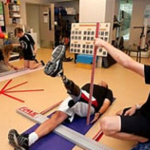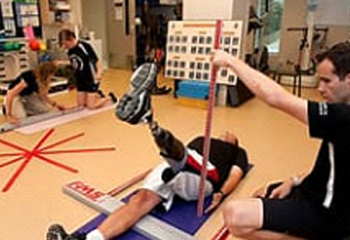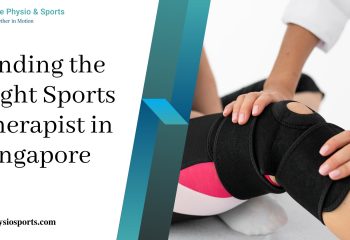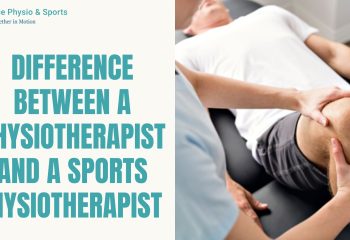Common Cricket injuries and prevention talk to Singapore Women’s National players












Singapore Women’s Cricket National players
Sports injuries are common and can happen to anyone who participates in physical activity, from amateur athletes to professional sportspeople. They can range from minor sprains and strains to more serious injuries such as fractures, dislocations, and torn ligaments. Here are some key aspects of sports injuries:
Common Types of Sports Injuries:
Sprains and strains:
These are common injuries that involve stretching or tearing of ligaments or muscles. They can occur in any part of the body but are most common in the ankle, knee, and wrist.

Fractures:
These are breaks or cracks in bones and can be caused by impact or stress injuries.
Dislocations:
A dislocation occurs when a bone is forced out of its socket, such as in the shoulder or knee joint.
Torn ligaments:
Ligaments are strong, fibrous bands that connect bones to other bones. A tear can occur when the ligament is overstretched or torn.
Causes of Sports Injuries:
Sports injuries can be caused by a variety of factors, including overuse, improper technique, and accidents.
Overuse injuries are caused by repetitive stress on a particular part of the body, such as the elbow in tennis players or the knee in runners.
Improper technique can put stress on joints and muscles and lead to injuries.
Accidents such as falls, collisions, and sudden twists can also cause sports injuries.
Treatment of Sports Injuries:
Treatment for sports injuries depends on the severity of the injury and may include rest, ice, compression, and elevation (RICE), as well as pain medication and physical therapy.
In more serious cases, surgery may be necessary to repair the injury.
It is important to seek medical attention for sports injuries, as delaying treatment can lead to complications and prolong recovery time.

The Psychological Impact of Sports Injuries on Athletes
Sports injuries can have a significant psychological impact on athletes. In addition to the physical pain and limitations they may experience, athletes can also struggle with emotional and mental challenges during the recovery process. Here are some key aspects of the psychological impact of sports injuries:
Emotional Response:
Athletes may experience a range of emotions following an injury, including anger, frustration, and disappointment.
They may also feel a sense of loss or grief for the loss of their sport or activity during the recovery process.
The emotional response to injury can vary depending on the severity of the injury, the athlete’s level of investment in the sport, and their expectations for the season or competition.
Mental Health:
In addition to emotional responses, athletes may also experience mental health challenges during the recovery process.
Athletes who are unable to participate in their sport may experience feelings of social isolation or loss of identity.
The stress of injury and recovery can also lead to anxiety, depression, or other mental health concerns.
Coping Strategies:
Athletes may use a variety of coping strategies to manage the psychological impact of sports injuries.
This may include seeking support from family, friends, and mental health professionals.
Athletes may also use visualization techniques or mental imagery to stay connected to their sport or activity during the recovery process.
Maintaining a positive attitude, setting realistic goals, and focusing on the aspects of recovery that they can control can also help athletes cope with the psychological impact of injury.
Return to Sport:
When athletes are cleared to return to their sport or activity, they may experience a range of emotions, including excitement, anxiety, and fear of re-injury.
It is important for athletes to work closely with their medical team and trainers to develop a safe and effective return-to-play plan.
Prevention of Sports Injuries
The best way to prevent sports injuries is to use proper technique, warm up before physical activity, and wear appropriate protective gear.
Athletes should also incorporate strength and flexibility training into their exercise routine to help prevent injuries.
In summary, sports injuries are common and can range from minor to serious. Proper technique, warm-up, and protective gear can help prevent injuries, and seeking medical attention and appropriate treatment is important for a full recovery.









Leave a reply